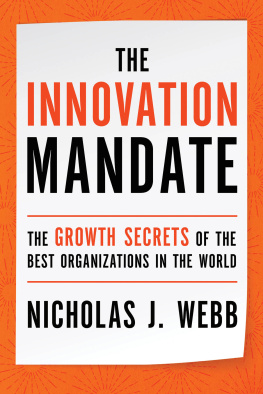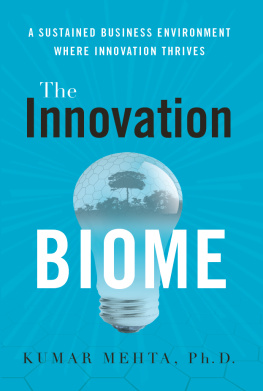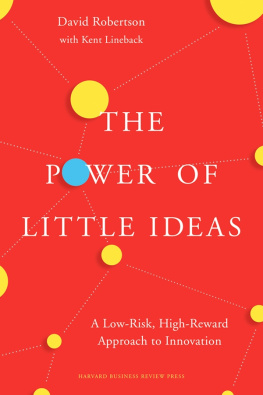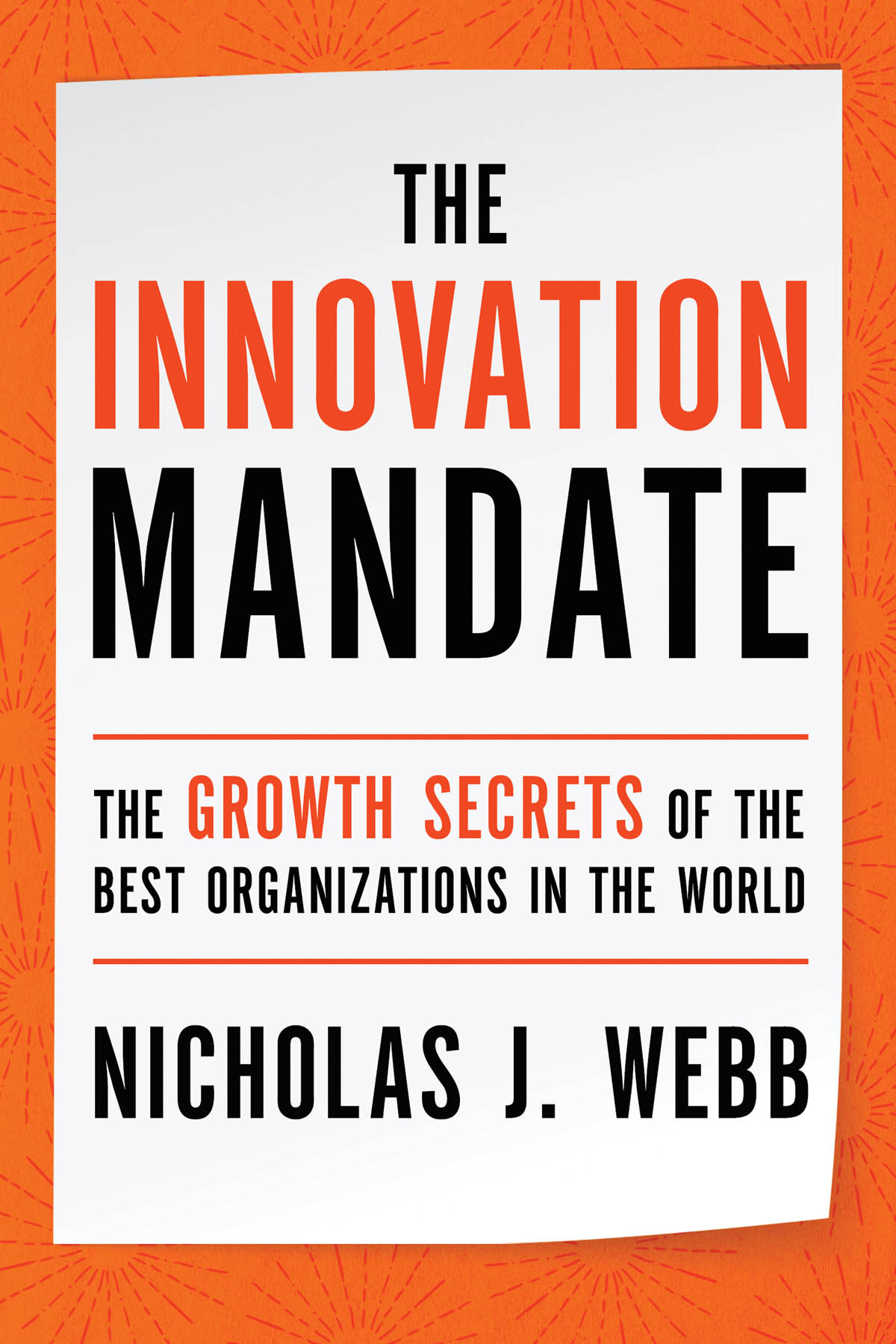Ebook Instructions
In this ebook edition, please use your devices note-taking function to record your thoughts wherever you see the bracketed instructions [Your Notes] or [Your Response]. Use your devices highlighting function to record your response whenever you are asked to checkmark, circle, underline, or otherwise indicate your answer(s).
Information about External Hyperlinks in this ebook
Please note that the endnotes in this ebook may contain hyperlinks to external websites as part of bibliographic citations. These hyperlinks have not been activated by the publisher, who cannot verify the accuracy of these links beyond the date of publication.
2019 by Nicholas J. Webb
All rights reserved. No portion of this book may be reproduced, stored in a retrieval system, or transmitted in any form or by any meanselectronic, mechanical, photocopy, recording, scanning, or otherexcept for brief quotations in critical reviews or articles, without the prior written permission of the publisher.
Published by HarperCollins Leadership, an imprint of HarperCollins Focus LLC.
Any internet addresses, phone numbers, or company or product information printed in this book are offered as a resource and are not intended in any way to be or to imply an endorsement by HarperCollins Leadership, nor does HarperCollins Leadership vouch for the existence, content, or services of these sites, phone numbers, companies, or products beyond the life of this book.
Epub Edition July 2019 9781400214587
ISBN 978-1-4002-1458-7 (eBook)
ISBN 978-1-4002-1456-3 (HC)
Library of Congress Cataloging-in-Publication Data
Library of Congress Control Number: 2018967125
Printed in the United States of America
19 20 21 22 23 LSC 10 9 8 7 6 5 4 3 2 1
I would like to dedicate this book to my amazing family:
my wife, Michelle; our daughters, Taylor, Madison,
and Paige; and our son, Chase.
CONTENTS
Guide
I would like to acknowledge my university colleagues, who have inspired and supported me, including my team at the Center for Innovation at Western University of Health Sciences (WesternU). I would also like to thank Dr. Daniel Wilson for his ongoing support and inspiration. A special thanks to Dr. Miary Andriamiarisoa, Dr. Edward Barnes, Dr. David Baron, Dr. Paula Crone, and Dr. Mary Lopez.
E very successful business must devote itself to accomplishing certain things. The reward for doing so is profitability and growth. The penalty for failing to act is bankruptcy.
Call these things mandates, if you will.
The number one mandate for every business is to make a profit.
No matter what else you do, if you dont make a profit, sooner or later no one will lend you any more money, your suppliers will demand payment, and the bank will padlock your front door.
Making a profit is nonnegotiable.
There are other mandates, all of which contribute to success.
Growth is a mandate. If your business doesnt grow, it will be left behind.
Quality is a mandate. You must make the highest-quality product or offer the highest-quality service you can. You must do this because you have your own standards of professionalism, and because your competitors are relentlessly striving to improve their own performances.
Value is a mandate. Your business must provide more benefit per dollar than your competitor.
Knowing what your customer craves is a mandate. You do this by engaging with them and connecting with them across a multitude of channels.
Depending on your industry, there may be other mandates, such as sustainability or transparency.
These are the things you absolutely must do to stay in business.
This book is about one more mandate, which is just as important as the ones that have been long established.
Its the Innovation Mandate.
To be blunt: if your organization doesnt innovate, its headed for an early demise.
This is because right now, today, we are experiencing two business conditions that we have never seen before:
1) The rate of change in business and technology is accelerating. For example, a solution or innovation that twenty years ago might have had a useful life of two years now has a life of six months. The innovation cycle time has sped up, and with it the amount of resources and human energy you and your organization need to invest in keeping ahead of the pack.
2) The severity of disruption is increasing. The life span of the average company will soon be on par with that of a fruit fly. This is because the disruptive forces that can obliterate a company are more powerful than ever before. Analyses of the S&P 500 reveal that as recently as 1995, the average life span of a company on the S&P 500 was thirty years; today its down to fifteen. Half of the companies that appeared on the S&P 500 in 2000 have been taken off. Many experts predict that by 2028 the tenure of the average company on the list could be as low as ten years.
What does this mean to you?
It means that while you and your company are currently innovating by embracing new inventions, systems, or business strategies, and youre probably doing a good job of it, you cant take anything for granted. The competition is fierce, and unless youre an innovation leader, youre not doing enough.
For example, you might be doing a good job introducing new technologies to the marketplace, but your business systems are the same ones that were used back when people were renting videos from Blockbuster.
Or youve got the most up-to-date human resources policies including flexible scheduling and salary transparency, but your budget is still being run off the same Excel spreadsheets you used when you were in college.
To be a leader in your industryand stay on top for longer than a nanosecondyou need to cultivate and exploit innovations in every corner of your business.
On your social media platform.
In human resources.
In office management.
In your supply chain.
And yes, in your products.
Sounds like a big job, doesnt it? A little overwhelming?
Not to worry.
Believe it or not, you can create a system of company-wide innovation that identifies and nurtures innovative ideas from anywhere, just like you have a system for marketing or budgeting.
The key is to think of innovative ideas as being like little sparks. These tiny points of light and heat flare up in the most unexpected places! The trick is to spot them before they fizzle outbecause, believe me, they dont last long. Blink and theyve vanished. You need to capture them, preserve them, and give them oxygen, so theyll burn brighter. If they prove useful, you can develop them into fully realized, actionable ideas that shine bright and last a long time.
Of course, if you have a research and development (R&D) team, you expect your people to create lots of these little sparks. But even in a formal R&D setting, these valuable glimmers can be allowed to waste away into little cinders. In the pages of this bookas cautionary talesyoull find some truly scary examples of potentially revolutionary innovations that were ignored, overlooked, and vanished into darkness.
Lets get back to your innovation system, which this book will teach you how to set up and operate. You may find it easier than putting together a bookshelf from IKEA.
This book will reveal the three key phases to creating a practical and durable system of innovation in your organization.












